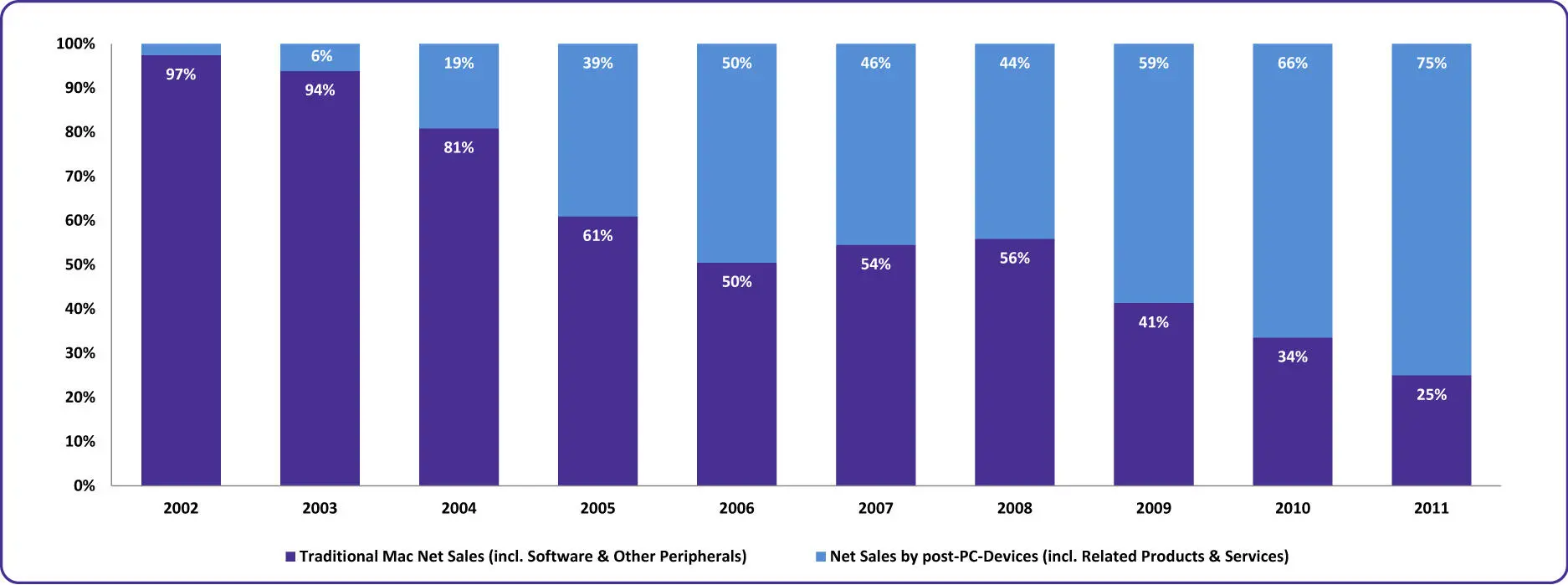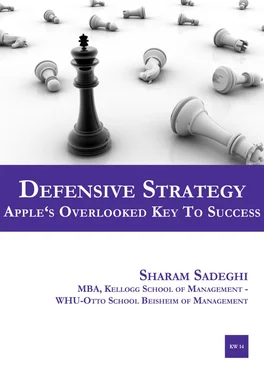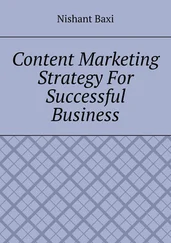Steve Jobs was straight forward to set the milestones in order to turn around the company and find the right answers to the tough competition – at this stage in an offensive way: He dumped board members, reduced Apple’s product line by killing unprofitable and irrelevant product lines and focused on only few categories, mainly desktop and portable Macs for consumer and professional markets; furthermore, he changed the distribution scheme away from smaller outlets to national chains, introduced the new Apple website, offering direct sales to customers via Apple Store (online) and increased focus and investment on R&D and innovation. Another bold step was the announcement during Macworld Expo in 1997 that rival Microsoft would invest $150 million in Apple and commit to develop Microsoft core products for Mac that included Microsoft Office. The story went on with the roll out of the high awareness creating massive campaign “ Think Different ”. [14]
In 1998, the first commercial success after Job’s return came with the launch of the all-in-one computer iMac, coming in different translucent candy colored cases. [15]A week after the new iMacs became available Apple announced its most recent quarterly earnings were three times, what they had been the year before. [16]In 2001, Apple made the move into retail and opened the first Apple retail store in McLean, Virginia. The purpose was clear: to give (new) customers the chance to experience Apple’s products and to convince them, why choosing a Mac over a more affordable Windows PC would be a better option. The traditional electronic retail business had continuously failed to deliver this accomplishment in favor of Apple. [17]
One more thing … happened in October 2001, when Apple entered the digital music player business with the iPod in response to the development in the market. Soon, it became the best-selling Apple product in volume, providing the brand with respectable leverage, and awareness among a new consumer group, which discovered Apple for the first time. The success further took off, when, in 2003, the iTunes music store was launched with the easy-to-use pricing concept of $0.99 per song; a million songs were sold after just one week, at a time, when the music industry was desperately looking for solutions to respond against the increasing number of illegal downloads, driven by platforms such as Napster (in its early stage). Already in 2008, iTunes surpassed Wal-Mart and was announced to become the number one music retailer in the US. [18]Another critical milestone of success for Apple was the shift to Intel CPUs from 2006 onwards: Not only was Apple able to produce iMacs and MacBooks to run faster with less power consumption, it additionally provided the opportunity to run both operating systems – Windows and MacOS – on the same device. This was a critical step to convince potential customers to switch from Windows-based PCs to Apple by lowering the consumers’ barrier to entry and switching costs (e.g. all acquired PC compatible software).
On January 9, 2007, Apple Computer, Inc. changed its name to Apple, Inc. “We are dropping the ‘computer’ from our name today… to reflect the product mix we have today,” [19]said Steve Jobs, during his first iPhone presentation at Macworld Expo, San Francisco. It was a short message at the end of his presentation that delivered a clear signal towards competitors. The name change reflected the company’s move from its previous core businesses – software and computer – to other industry segments in near future, where the competition would not remain Microsoft, or other PC manufacturers only. With this announcement, Apple decided to enter new categories, facing competition from established players. With the introduction of iPhone in the same year and launch of the iPad in 2010, Apple redefined existing categories in the telecommunication and mobile computing devices [20]and further stressed its move to a “post-PC device era”, as highlighted by Steve Jobs in his key note in March 2011 during the announcement of iPad2. With iOS as the innovative operating system of both devices, the App Store, iBook, Newsstand and the iCloud, the company expanded the digital user experience in the typical simplistic Apple manner.
By the end of fiscal year 2011/2012, the company’s revenue mix has been clearly shifted towards post-PC-devices: While 97% of company’s revenue was generated from Mac sales in 2002, it was only 25% of Apple’s total net sales by the end of fiscal year 2011, leaving 75% revenue contribution to the post-PC-device category (See Figure 1: Apple’s Revenue Split Traditional Sales vs. post-PC Device Sales).

Figure 1: Apple’s Revenue Split Traditional Sales vs. post-PC Device Sales (2002-2011)
Steve Jobs’ leadership qualities, and his influence on where Apple is now, are being discussed in dozens of publications. Following the topic of this paper, we will focus on some examples of how a company that had been attacked, and had seen the edge of bankruptcy in the 1990s, managed to come back, not only successfully, but, has defined new and highly profitable categories to the company that did not exist before.
As we will see in Chapter 3, offensive and defensive strategies come along together. Once a company attacks and achieves a leading position in the market, it attracts either new entrants, or direct competitors to join the same category, targeting the profit and market potential expected in this segment. This is, where strategies and the right tools need to be implemented in the organization to defend the obtained leading position that required high investment of resources. Although Apple delivered good examples of how it struggled to find the right defense options in its early years until 1997, we will highlight the defense success stories, focusing on its iPod business that has started in 2001 and has defined Apple’s explosive growth path. We will see that most of the strategies and tactics apply to the iPhone and iPad business as well, since the iPod was just the starting point of building up a strong ecosystem fortress, as part of a strategy and vision that Steve Jobs called “The Digital Hub Strategy”.
Конец ознакомительного фрагмента.
Текст предоставлен ООО «ЛитРес».
Прочитайте эту книгу целиком, купив полную легальную версию на ЛитРес.
Безопасно оплатить книгу можно банковской картой Visa, MasterCard, Maestro, со счета мобильного телефона, с платежного терминала, в салоне МТС или Связной, через PayPal, WebMoney, Яндекс.Деньги, QIWI Кошелек, бонусными картами или другим удобным Вам способом.













